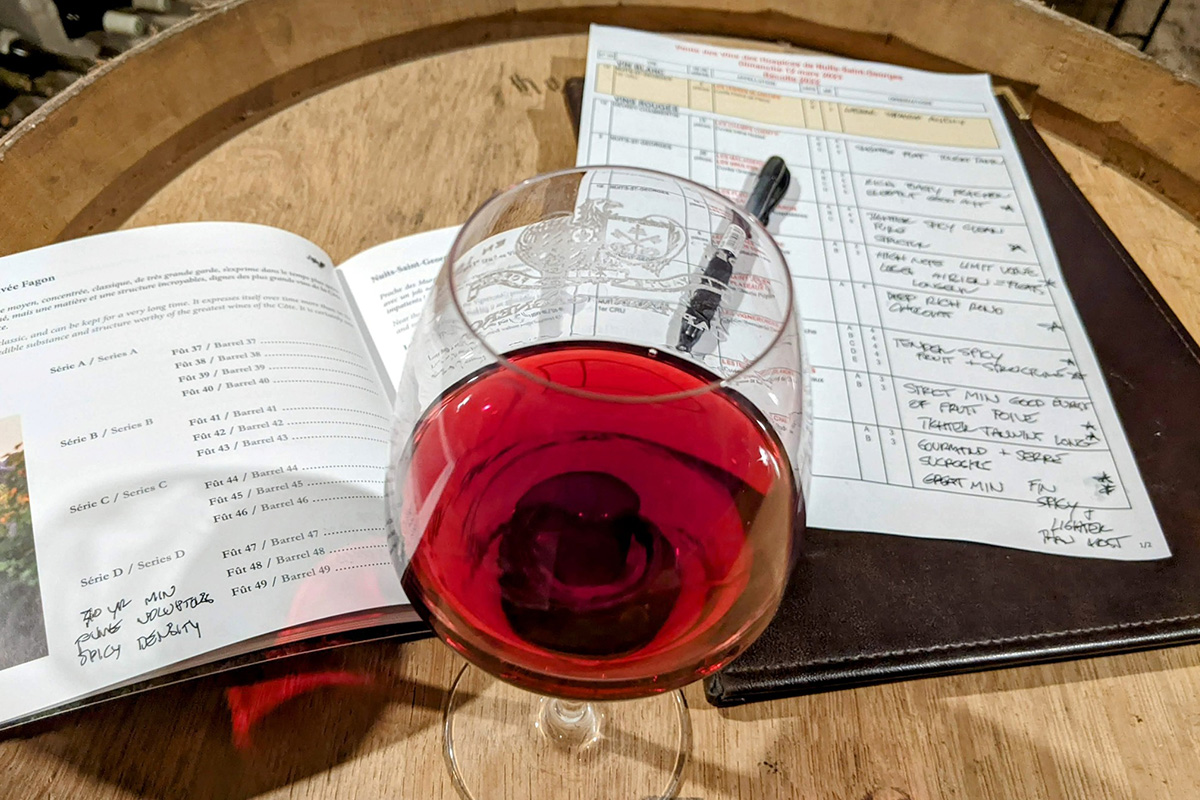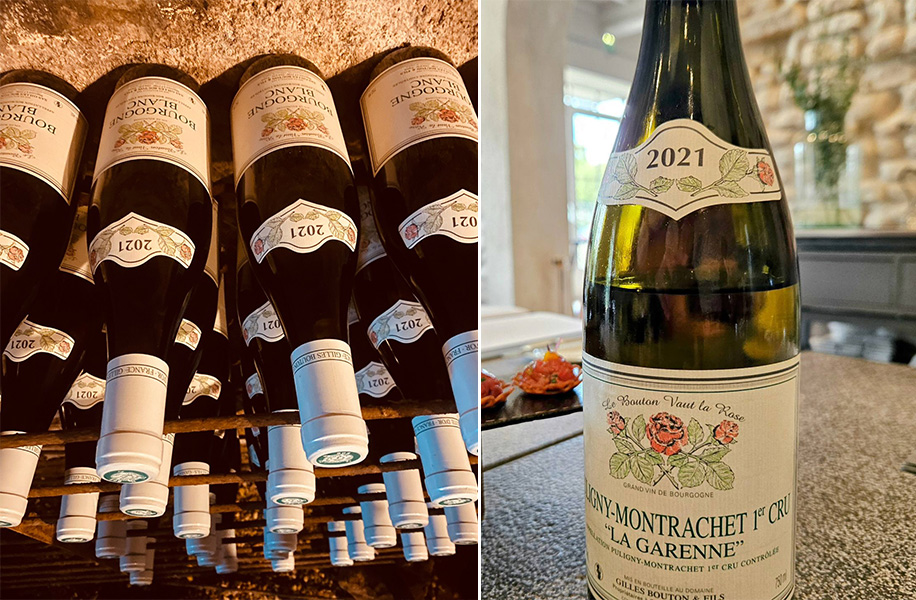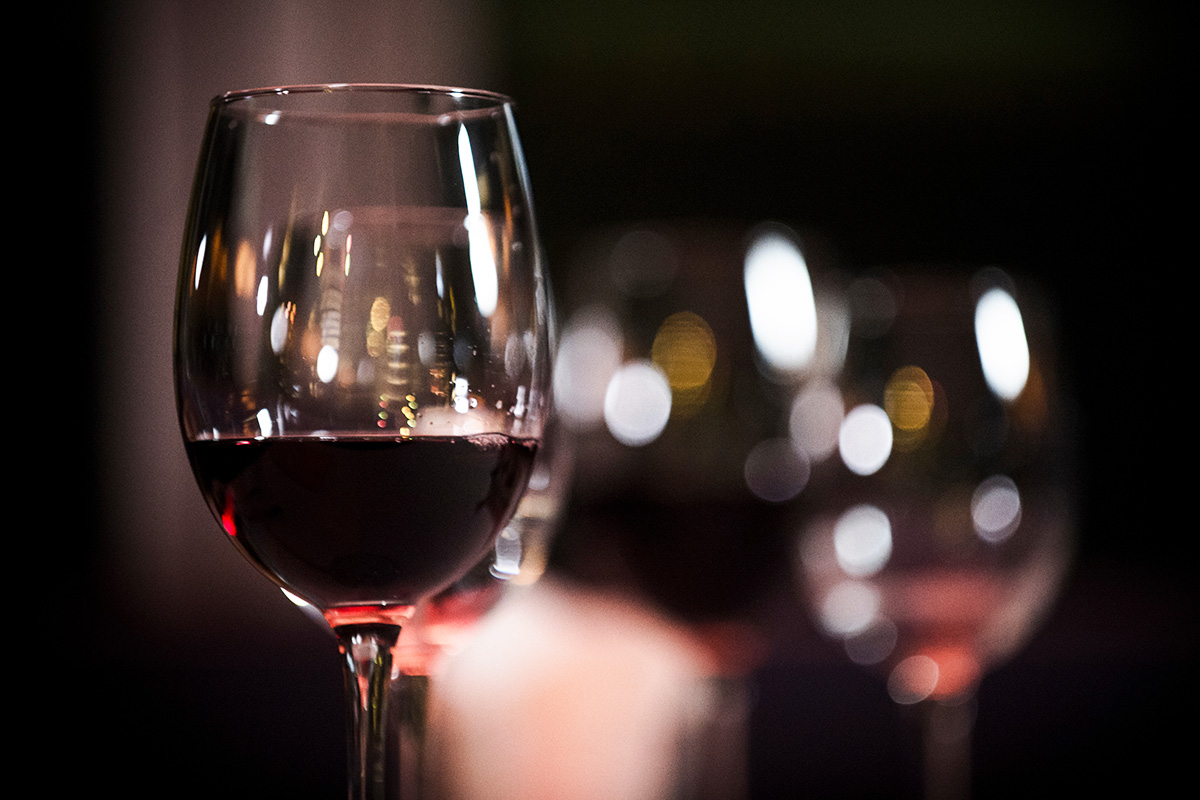
We have a number of wines from the Burgundy 2021 vintage in our wine shop, and we can’t wait for you to try them and discover the magic that this year brought. But what does the term ‘vintage’ really mean, and can wines really vary that much from year to year? This article explains all.
You will hear the term ‘vintage’ used quite often in relation to a wide range of consumables, but that doesn’t mean it’s always well-understood. Some people think it means ‘old’, and others believe it to mean ‘great quality’ or the best of something. As usual, the truth lies somewhere in the middle here. When we’re talking about wine, the term ‘vintage’ describes the year in which the grapes were harvested. This is an important piece of information, because it can have a significant impact on the way that the wine tastes, its aging potential, desirability – and of course, value.
When a wine does not have a vintage date then you can reasonably expect it to be a blend of several different years. Whilst these wines can be fairly consistently good quality, they will not be the most memorable or highest quality wines you will ever drink. Sometimes you will see the abbreviation N.V. on a label, which stands for non vintage, and this is especially common on labels of sparkling or fortified wines.
Another thing that vintage can have a big effect on is how a wine pairs with food. It’s wise to spend a little more time thinking this through when you’re dealing with a vintage wine — a vintage wine from a specific year will perhaps need more nuanced food pairing ideas, or at least dishes that don’t obscure the wine, otherwise your investment in that vintage may not be enjoyed to its full potential.

Burgundy 2021 Vintage – Thoughts from Dennis’s Notebook At the Time
“Nothing stays constant. Just as traditional Burgundy enthusiasts reluctantly acknowledged the vigor and diversity of the three preceding hotweather vintages, the 2021 season arrived with classic Burgundy attributes: frost, humidity, and low yields.
In the past, prior to significant climate change, Pinot Noir and Chardonnay consistently struggled to ripen in this region, the northernmost spot in Europe suitable for still wine production. This struggle defined viticulture in Burgundy, notwithstanding chaptalization (the process of adding sugar to the unfermented grape juice before it begins fermentation).
Over time, weather patterns began to shift gradually: winters were milder and springs got earlier; it was hotter in the summers, and autumns came earlier.
By 2018, followed by 2019 and 2020, mild winters fostered mildew, early springs were susceptible to frosts, hot summers forced early ripeness onto grapes, and early autumns left little time for winemakers to manage it all.
If this seems like an imminent disaster, hold on to your seat; it’s all a matter of perspective. 2018 was wet until midApril, followed by an explosive bud burst, then scorching weather that eradicated mildew and enabled an early, fruitful harvest. 2019 was also wet initially, with frost affecting the crop. Warm weather during flowering was followed by cold conditions, further impacting the yield.
Subsequent hot and very dry periods favored welltended and old vines, resulting in a healthy and ripe harvest. 2020 was characterized by a mild, wet winter, followed by an unremarkable weather pattern until the hot and dry period from June to August, placing more stress on winemakers than on the vines.
Overall, it was a great vintage for both white and red wines.
Do you see a pattern emerging? And as for 2021… well, the year brought back a sense of ‘normalcy’ (if such a thing exists in Burgundy!). Devastating frosts in early April were succeeded by a cool May, leading to a damp summer with the constant threat of hail. Chardonnay was more affected than Pinot Noir due to its delayed leafing.
This year’s Burgundy harvest is expected to yield low quantities, with some vineyards even facing minuscule yields, resulting in a late harvest. The older winemakers foresee a historic and comparably low yield reminiscent of the 1970 harvest. Some report a 30% decrease compared to 2020’s already low yields. There’s a silver lining, though. Winemakers, unyielding as ever, remain optimistic. Fewer grapes on the vines could result in intensified flavors, potentially marking this year’s harvest as exceptional.
Other advantages may also surface: the delayed harvest could lead to improved phenolic maturity due to the extended ‘hang time’ for the grapes.”
That’s what Dennis thought at the time, and his thoughts were echoed throughout Burgundy. Some other commentators have said that this Burgundy 2021 vintage is not exactly a consistent one. Choose carefully because it isn’t unusual to come across some sourness in the white wines of 2021, and perhaps a little bitterness. 2021 does sometimes lack sugar when we compare to other recent vintages.
According to some, the appellations that fared best were Chambolle, Volnay, Gevrey, and Nuits-St-Georges. However, wine can always vary according to taste, so try a few to make up your own mind.
The key here is to choose producers that are known for their skill in managing the different conditions that each vintage can bring to a wine. The producers that we list on BurgundyWine.com are amongst the most able and price conscious of them all, and are a great place to start. Click the link here to view Burgundy 2021 vintage wines from BurgundyWine.com.

Sample the Burgundy 2021 Vintage at the Domaine de Cromey as Our Guest!
Our tasting facility at home in Domaine de Cromey is a combination of a private members’ club and a sports bar with a touch of grandeur, all housed in a sixteenth century former winemaking facility. This building used to be the most prominent winemaking facility in the area and provided wine to the Nobles who lived in Chateau de Cromey. Now, after centuries, the building is once again being used for winemaking as our main tasting room. We’re proud to see people enjoying wine in this historic building after 400 years. The original construction has been carefully preserved, with modern updates added to make it suitable for wine tasting and related activities.
Follow this link to book your stay amongst the vines with us at Domaine de Cromey today!
We have plenty more articles explaining the finer points of Burgundy wine, like our explanation of how malolactic fermentation works, and this one about Vosne Romanée – ‘the jewel in Burgundy’s crown.’ And don’t forget our unique Burgundy Wine Club, open for membership now.
